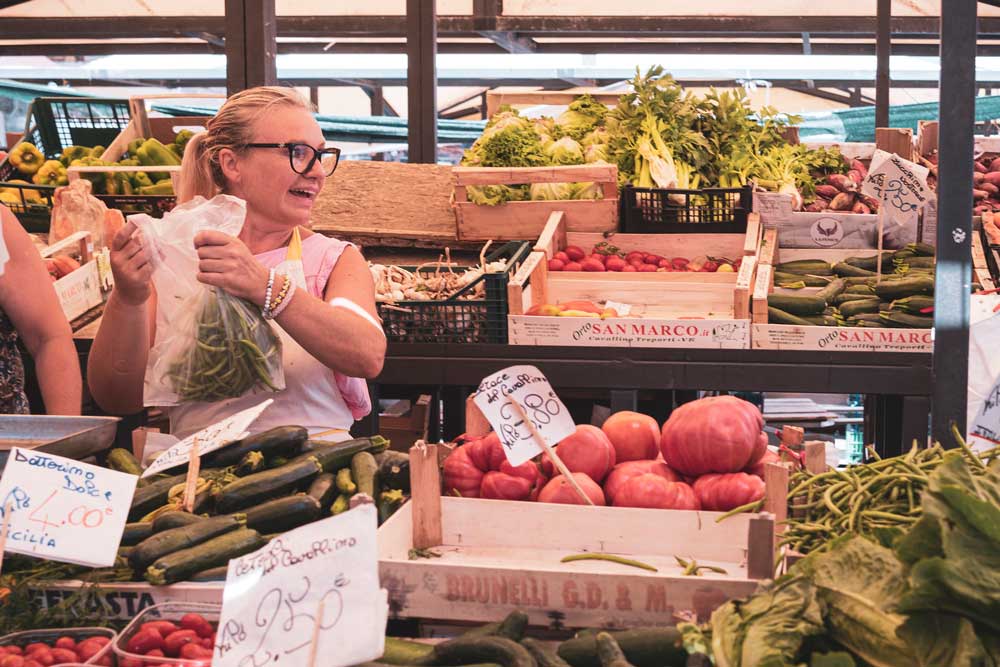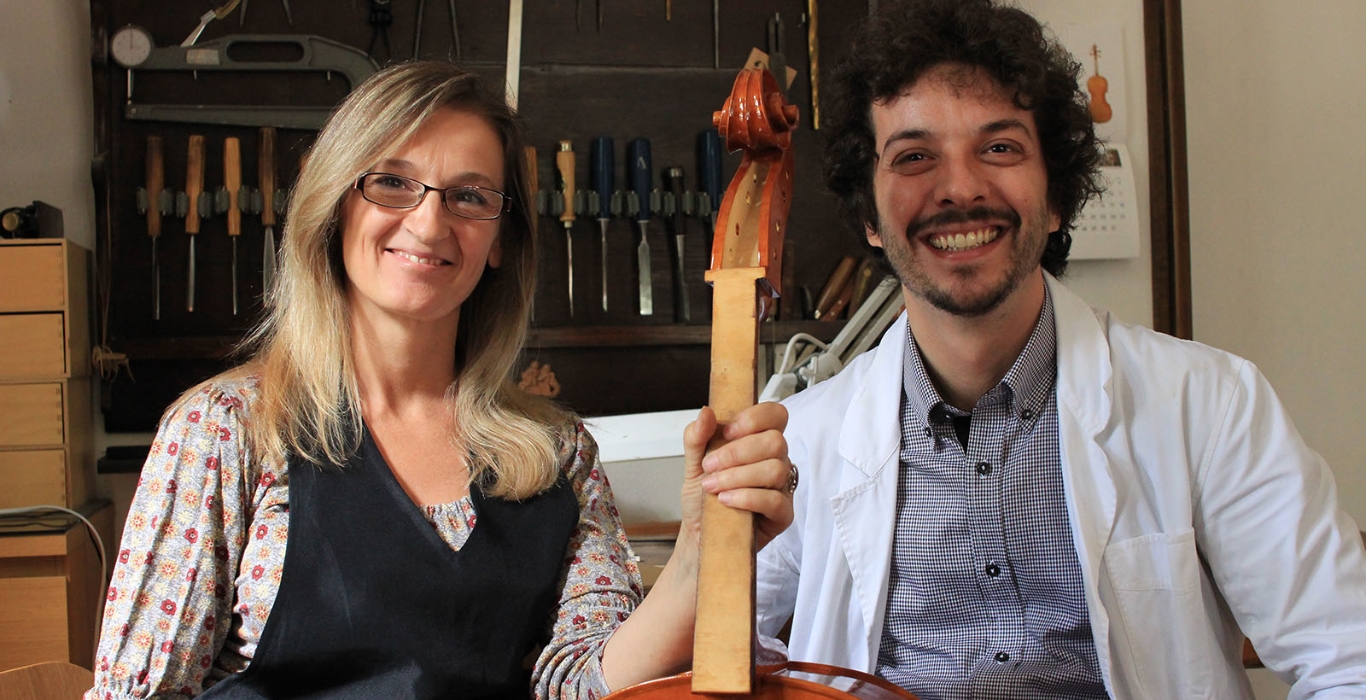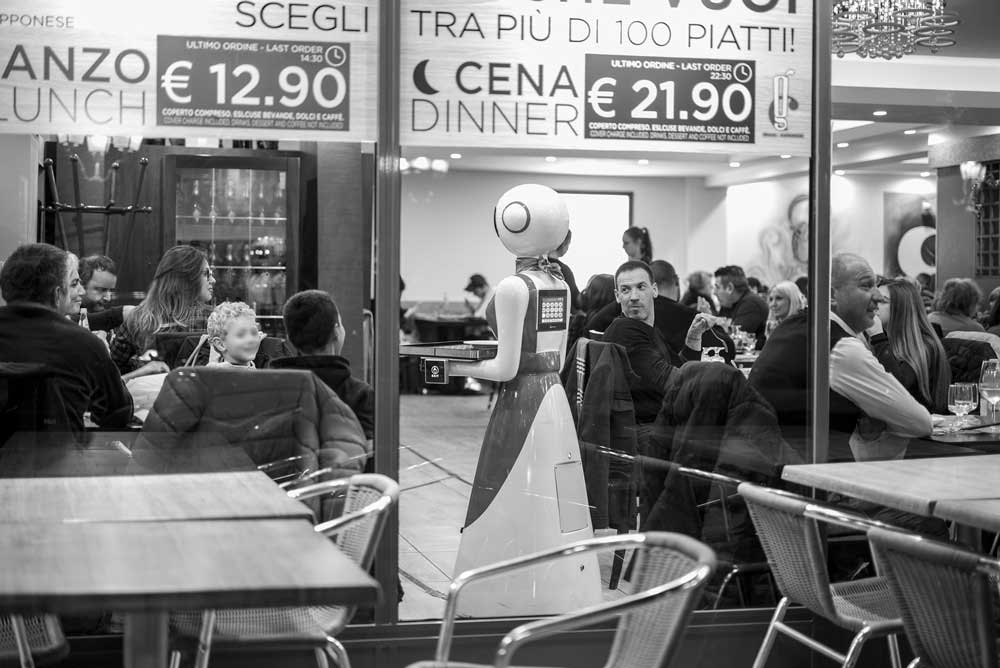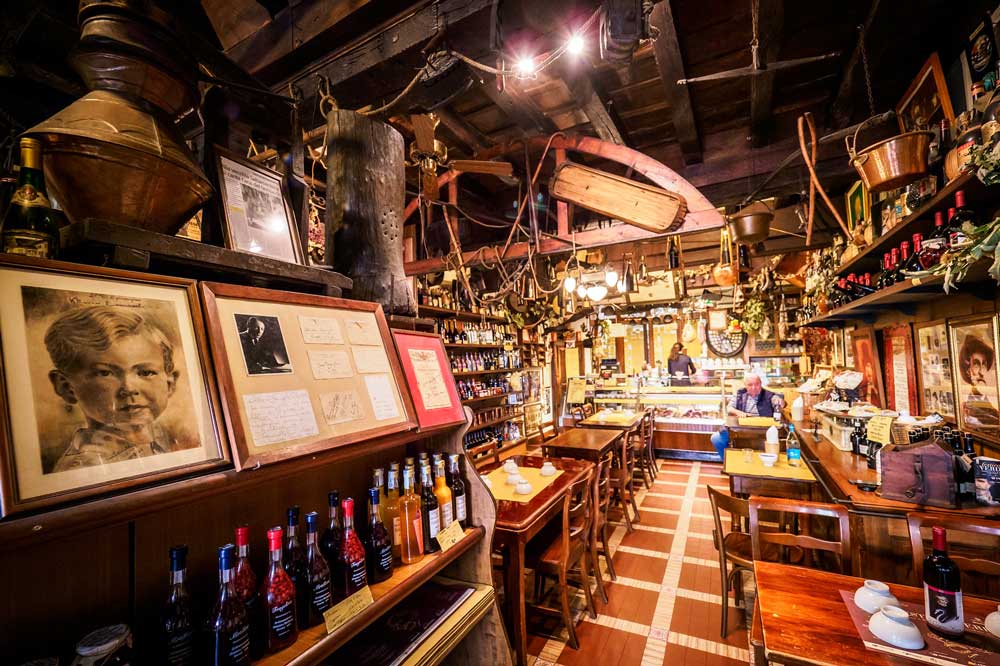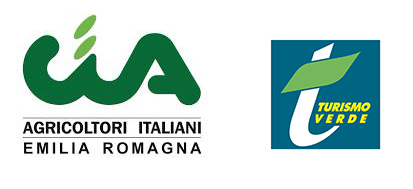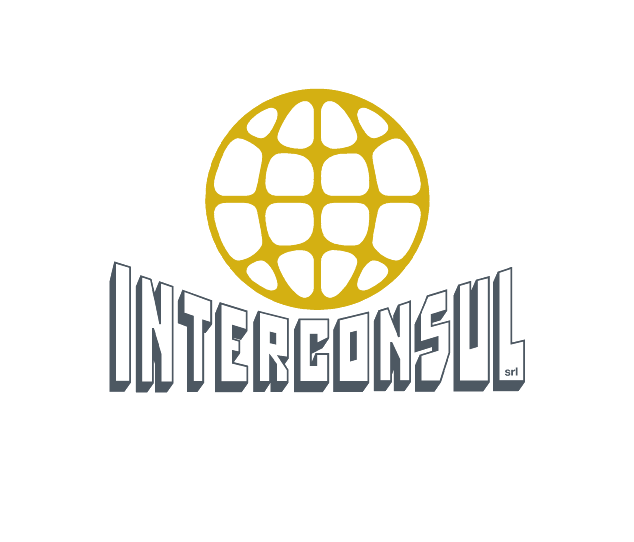Coffee Orafi Lab. A project based in the future
Gems and coffee beans: small raw grains, similar in shape, which man's wisdom can transform into precious products (by Marina Restori)
by Redazione
While sipping his filter coffee, prepared by the expert hands of his wife Mary, Davide Bolzoni, master goldsmith and gemologist, tells us that for him the case does not exist. How could we disagree with him, it is no coincidence that we at Make Me Italy, who defend the most authentic artisanal Italian production, hand-crafted work and disappearing professions, have met him on our way.
Davide and his wife Mary dreamed of two dreams in one: she grew up in the family bar and he grew up in the family jewelry shop; she is passionate about coffee and its variations and he is passionate about gems; both of them have decided to follow a path of growth in their field by deepening their passion, studying and learning from the masters. And not only that: “by discovering gems, I discover myself” Davide reveals to us.
Then they realize with amazement that the books they study contain very similar photos: the gnarled, earth-stained hands of a native showing: in one, some coffee beans, in the other, some gems in the rough. Coffee and gems share places of origin and unfortunately often also indiscriminate exploitation of territories and human beings.
So the first project, that of creating a goldsmith’s workshop visible from the street, to bring the goldsmith’s work out of the usual anonymity and enhance its manufacturing ability, is transformed into a revolutionary idea: a café with a view on a goldsmith’s workshop, or, depending on where you enter, a goldsmith’s workshop with a view on the puffs of the coffee machines and the tables where the bar patrons consume their breakfasts and aperitifs. Someone thought they were crazy, in particular some bureaucrat who lost a few hours of sleep because he didn’t know in which branch of commerce to classify this activity.
Thus Caffè Orafi was born, “I have already launched the challenge on the web”, Davide provokes us, “I challenge anyone to find the same format somewhere else in the world!”
In summary, you have understood well: we are in a goldsmith’s workshop, and this in itself is exceptional, given that these are usually found in the back of the shops; Davide is sitting at the desk, surrounded by small scales, cutters, faceting machines and tools of the trade, the shop window sparkles with beautiful colored stones and expertly inlaid gold pieces and behind him the large window overlooks the bustle of the cafeteria.
With the promise of returning to the cafeteria too, we are now fascinated and very curious to know more about this part of the shop. Davide is very passionate about his profession and we certainly shouldn’t take words out of his mouth, he’s a river in flood: “I have a mission”, he comments, “to re-evaluate the small craftsman!” “Ours too!” I get excited. “The jewelery brands have managed, with a clever marketing operation, to ensure that the consumer perceives the brand’s product, made in series, as more expensive, therefore more precious than the artisan one; but it should be exactly the opposite way! The craftsman creates a tailor-made jewel, with an exclusive design and with stones that are all different from each other. The international brands have been very clever and unfortunately the artisans have sold out over the years: we have hidden ourselves, we have carried out work not fairly remunerated and devalued the repairs”. “Damn!” I rebel, “here too the engulfing homologation!” In this case even camouflaged behind the glittering mask of the exclusive object.
Only handcrafted jewels are unique in the true sense of the term, that is, individually different from each other. Particularly when they are made with set gems, because it is impossible to find two identical gems. Even if you want to create the same jewel it will never be identical to the original one. Unless the so-called “calibrated” is done, which is, cutting many gems in the same quality and size, but then this is an industrial production. And this is how in an instant we find ourselves projected into the parallel universes of gemology: Davide talks to us of real diamonds, synthetic diamonds, colored stones, cuts, pearls, etc… and even in this case there is no saving, but, for the sake of brevity, we cannot report everything he explained to us, therefore we refer the most curious to one of the many meetings that Davide holds periodically to talk about the world of precious stones to his passionate followers.
However, we cannot give up another topic that is very close to the Make Me Italy community’s heart, namely what was mentioned earlier regarding the sustainability and ethical nature of gems extraction: “Let’s make a premise”, Davide begins, ” Diamonds and gems are not the only raw materials whose extraction poses major environmental and ethical problems. For example, the nanotechnologies of our indispensable smart phones require coltan and the batteries of our very eco-friendly cars require cobalt; these are raw materials that are mostly extracted in countries where human beings have no rights, are often reduced to slavery, child labor is practiced and there is no cure for the environmental damage caused, not to mention that coltan itself is used as a bargaining chip for the purchase of weapons on the black market.
However, after the “bloody diamonds” scandals of the 1990s, which led to Kimberly’s certification, 80% of diamond extraction takes place in controlled supply chains, even if we are still far from a market that can truly be defined as fair trade. Unfortunately, with colored gems the percentages are reversed and purchasing them from a controlled supply chain is difficult, to do so it is necessary to establish a relationship of trust with the trader. Naturally, when you find real amethysts on the internet, coming from China for a few euros (even just 2 or 3 euros!) there is no doubt that whoever extracts them is not paid.”
“In short”, concludes Davide, “the important thing is to search for the truth, to inquire and find out informations: not to delude yourself that behind the many eco-sustainability brands there are rules codified by control bodies.
We at Coffee Orafi ourselves plan to have our activities certified as ethical and social, but we have temporarily suspended this process because we want to delve deeper into the parameters on the basis of which we should be certified, as we do not want to do it for mere marketing purposes, but rather because we strongly believe in these values, the respect for the environment and the dignity of human work”.
The positive news that Davide gives us, however, is that at least the ethical, social and environmental issue is very current and is talked about a lot in symposiums for professionals in the sector.
Moving on to more frivolous topics: ever since we started the interview my eyes haven’t been able to move away from the thick and wonderful amber necklace that Davide wears with great ease. Who would have thought, an amber necklace around a man’s neck! “I decided to make a line of men’s gems, why not! If you choose the right gems and size they can be very elegant even worn by a man!” Then he looks at his amber and says, “you see, this amber was a sticky resin in a prehistoric forest in Mexico, 23 million years ago. This is what fascinates me about gems: the times of geological formation as a school of life. If you wear an amber necklace that is 23 million years old and don’t even give it a thought, you’re missing out on the beauty of wearing it! Or look at this stone, it is a fossil wood that is 250 million years old. Can you imagine it? It has been on earth for 250 million years! We’ve been here for a second and in a second we’ll be gone…!”
“No, in a second it’s too early, Davide, there’s a customer waiting for you in the cafeteria!”, Mary announces jokingly, poking her head out of the door that divides us. So we say goodbye to Davide and ask Mary to tell us something about her and her passion for coffee.
“My business was born as a family choice, even if it was decidedly difficult on my part. The day after my linguistic high school diploma, in 1994, with an acceptance to the hostess school already in my pocket, my parents announced to me that we would move from Rovigo to Parma because they had taken over the management of a service area, the first in Italy with the cash register to pay for fuel inside a bar, something never seen before! Evidently it was written in my destiny that I should be a pioneer in everything!
I started this job without knowing anything and slavishly following the instructions they gave me on how to make coffee (and as they still do today in most bars), but when I realized that this would be my job, I decided that I wanted to do it to the best of my ability. So I started studying, I attended the Italian academy of coffee masters, I learned the history of coffee, its supply chain, extraction methods and I gave my all to be able to do this job as best as possible, realizing of the great ignorance there is in the world of this delicious drink.
Today I am a coffee teacher and sommelier and I love serving well-extracted, unburned coffee with a specifically designed blend, Sofia “specialty coffee”, a blend of 9 single origins that I chose. I demand that every coffee, every cappuccino, in general everything served at Coffee Orafi is made in the best possible way and for this purpose I provide rigorous training to our employees. This implies that the service is slightly slower, but for me it is essential to take this time, so that the coffee that is served is also a healthy drink, not burnt, without residues of the previous coffee. The machine is also very important to have a good extraction: ours is a Marzocco Strada, entirely handmade, with the use of a special steel that is only used for high precision instruments.
Furthermore, I also specialized in filter coffee, an ancient extraction method, forgotten in Italy, but the most widespread in the rest of the world: it is obtained by slowly dripping boiling water through the ground coffee, placed on a filter. Now I have trivialized”, adds Mary, “but this process also requires wisdom and mastery, nothing is left to chance, not the coffee, but not even the temperature of the water. Filter coffee is very popular because it is a less hectic way of drinking coffee, you have plenty of time to appreciate its aromas.”
Furthermore, Mary enthusiastically tells us that she has just introduced the espresso coffee list with the possibility of choosing between 5 very high quality single origins, with very distinct organoleptic characteristics, to offer her customers, who she prefers to call “guests”, the possibility of appreciate the differences between various types and origins.
We have addressed the ethical-environmental-social problem of gems, from the other side of the window, what does Mary tell us about this problem in the world of coffee?
“The coffees we use have a traced origin and the importer certifies that the people who grow and harvest it are fairly paid. I would say that controlling the supply chain is easier for coffee than for gems. We have also joined this beautiful project called Caffè delle Donne, a selection of certified coffees Women and coffee, an association in which women take care of all phases of coffee cultivation, thus supporting their emancipation, the improvement of their living conditions through a recognized high quality activity.
Ultimately, with coffee, as with gems, it is necessary to establish a relationship of trust with the roaster who in turn establishes it with the importer, who must guarantee that the small producers, who normally produce the best quality, are supported and are not forced to sell off their product to large groups; and that it is also guaranteed that there is no exploitation of child labor on the plantations; to do this, however, it is necessary to invest in the well-being of communities at 360 degrees, therefore in education, economic and social development. We, at the end of the supply chain, can create culture, first of all by respecting and enhancing the raw material we use, the result of nature and man’s hard work; secondly by explaining to consumers that coffees are not all the same, neither in quality nor in typology, therefore each cup must be a different experience”.
After all this talk about coffee I would love to drink one. “Perfect,” says Mary, “how about my filter coffee?”
Redazione
you may be also interested in
- 20/03/2024|
by Luca Farinotti
- 29/12/2023|
by Luca Farinotti

